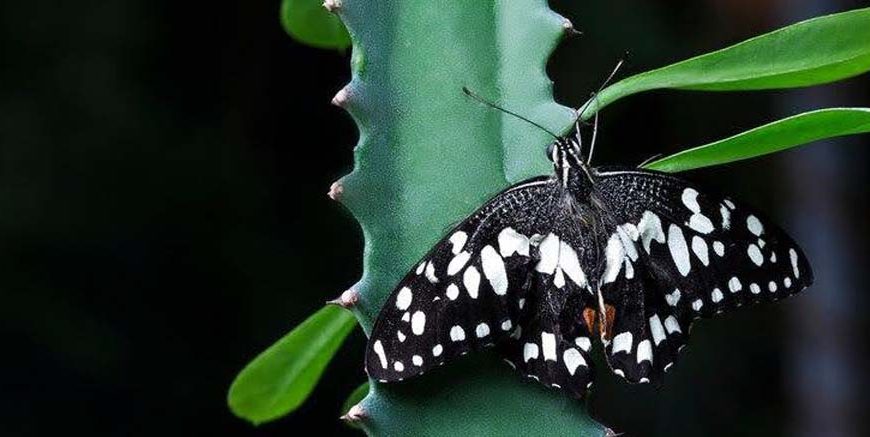Kids get delighted looking at birds and tiny insects. Their faces light up with wonder at every colourful flutter and chirp. While monsoon season brings lush, vibrant blooms that should attract plenty of wildlife, the frequent downpours often send butterflies and other creatures seeking shelter, making them harder to spot.
But here’s the exciting part – there’s a smart way to draw these beautiful visitors to your backyard or balcony, even during the rainier months. By creating the right ecosystem with carefully chosen plants, you can provide butterflies, insects and birds that pique your little one’s interest a home during the monsoon.
Want to create a butterfly paradise that will captivate your little ones? Let’s discover the best monsoon plants that attract butterflies.
Monsoon Plants That Attract Butterflies
ALt text = Monsoon Plants That Attract Butterflies
Looking for the best plants for butterflies? You have arrived at the right place! Here, we have listed the most recommended plants for butterflies that bloom during the monsoon and attract butterflies to your backyard or balcony.
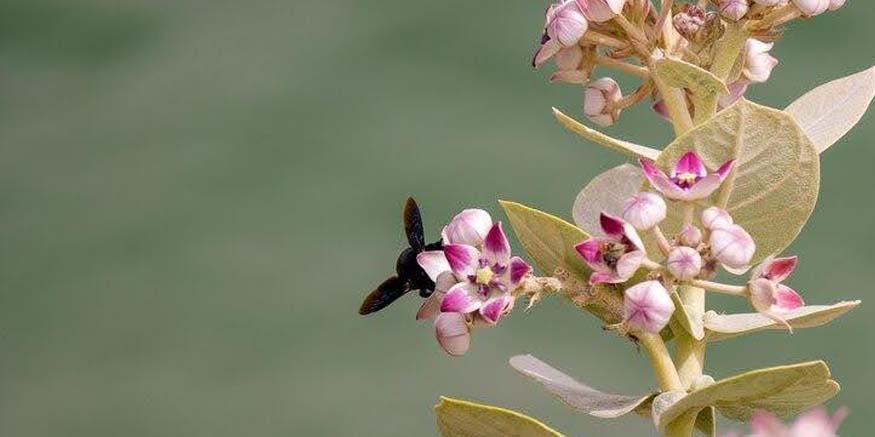
1. Zinnia (Zinnia elegans)
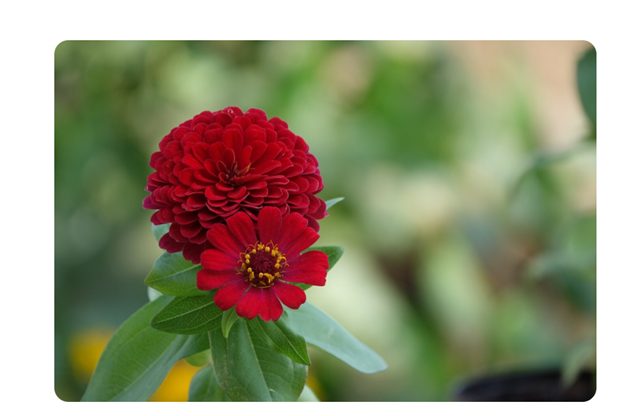
Zinnias are lovely and conspicuous flowers that come in a range of colours, including red, orange, yellow, and pink, which attract butterflies. These are also known as perennial annuals, which produce nectar throughout the monsoon season without much strain, making them one of the best monsoon plants that attract butterflies.
2. Marigold (Tagetes spp.)
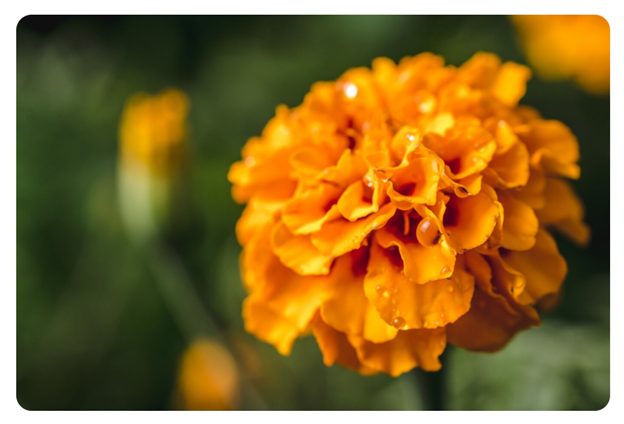
Another plant that attracts butterflies is marigold due to their intense aroma, as well as their bright yellow, orange, and red flowers. These flowers require minimal attention and are ideal for creating a much-needed floral display. So, while your little one enjoys the chirpy butterflies, you can enjoy the beauty of marigolds.
3. Lantana (Lantana camara)

Popular for their small, densely packed, and vivid flowers, Lantanas tend to bloom excellently during the rainy season. They are absolute must-haves in your “monsoon plants that attract butterflies” list. Additionally, Lantanas produce nectar and bloom for a longer period.
Some other plants that attract butterflies all year:
4. Milkweed (Asclepias spp.):
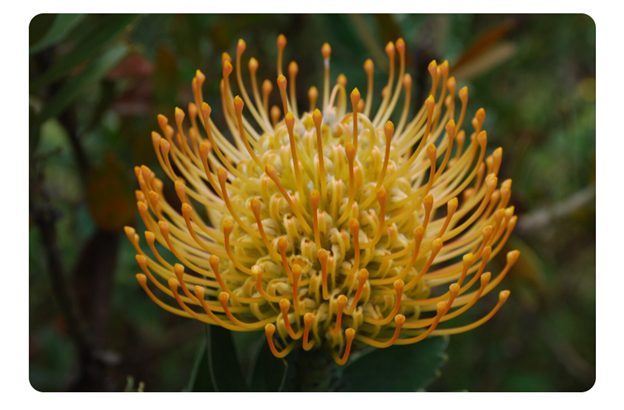
Monarch butterflies in general do not have any other host… But if the monarch butterfly is to live, then the milkweed plants are the only ones that feed their young, referred to as caterpillars. Other rather popular milkweed species include the common milkweed, Asclepias syriaca, or butterfly weed, Asclepias tuberosa. Some of the plants you can grow in your garden include those that support the dwindling monarchs.
5. Dill (Anethum graveolens):

Although dill is cultivated for use as an herb, it is also well-suited for use as a primary food source for the black swallowtail butterfly. Its feathery foliage is ideal for the development of caterpillars as they go through their feeding stages. For the unversed, caterpillars are the immature form of butterflies. Plants like dill provide caterpillars with the necessary vegetation and environment to transform into butterflies.
6. Passion flower (Passiflora spp.):
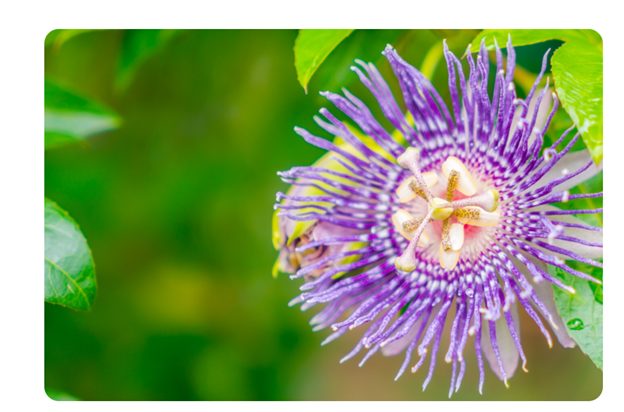
Passion flowers with their vibrant flowers and enticing foliage look as beautiful as they are beneficial for the butterfly species that have their caterpillars feed on them, such as the Gulf Fritillary butterfly or the Zebra Longwing.
What are Host Plants and How do These Plants Attract Butterflies?
Host plants are the plants that provide food and shelter to butterflies during their early life stages, such as the egg, larval, and pupal stages. Curry leaves, Arali, Oleander, Golden Shower, Lemon, and Milkweed are some of the host plants where the adults lay eggs and the larvae feed on the leaves of these plants. Once mature, larvae form a pupa on the plant.
What are Nectar Plants and How Do They Attract Butterflies?
Nectar plants are plants that have flowers. The nectar in the flowers acts as food for the pupa that metamorphoses into a butterfly. Cosmos, Zinnia, Marigold, and Cocks Comb are some nectar plants that attract butterflies.
FAQs on Plants That Attract Butterflies
1. Which plant attracts the most butterflies?<
Butterfly bush, milkweed, zinnias, cosmos, and curry leaf plants are some plants that attract butterflies.
2. What are some plants that attract butterflies?
Host plants, such as curry leaf, milkweed, passion fruit, lemon, and nectar plants like marigold, butterfly bush, and butterfly weed, are some plants that attract butterflies.
3. Which plants grow best during the monsoon?
Ideal monsoon plants in India include hibiscus, jasmine, rain lilies, money plant, ferns, peace lilies, mint, coriander, okra, bitter gourd, and spinach.
4. What attracts butterflies the most?
Nectar-rich flowers and continuously blooming plants attract butterflies.
5. Which fruit do butterflies prefer?
Butterflies, especially Painted Lady species, are drawn to ripe oranges for their sweet scent, juicy texture, and high sugar content.
Final Thoughts
If your little one loves butterflies, getting the plants can bring a big smile to your kid’s face. These plants that attract butterflies are easily available at any nursery and are easy to plant. If you are looking for indoor plants for the rainy season, check out our blog, Indoor Plants for the Rainy Season. Check out EuroKids Blogs for blogs on your child’s health and development. Don’t forget to check out EuroKids Preschools for the first step in their learning journey.
Related Blogs:
- Fun and Engaging Plant Life Cycle Activities for Kids: Introduce children to the magic of nature with hands-on plant life cycle activities! This blog explores creative ways to teach preschoolers about the stages of a plant’s life, from seed to sprout to flower.
- Tips for Plant Care in Rainy Season: Essential Advice: Monsoons bring lush greenery, but they also require special attention for plant health. This blog offers effective plant care tips for rainy days, like improving drainage, pruning dead leaves, preventing fungal growth, and avoiding overwatering.
- Parts of a Flower and Their Role in Nature for Kids: Perfect for young learners, this blog breaks down the main parts of a flower, petals, stamens, pistils, and more, and their importance in pollination and reproduction.
- Fun and Educational Plant Crafts for Preschoolers: Turn your classroom or home into a green-themed creative zone! This blog has adorable and educational plant crafts like paper plate flowers, seed mosaics, and handprint trees. These crafts not only entertain but also reinforce key plant concepts, such as parts of a plant, photosynthesis, and the seasons.





